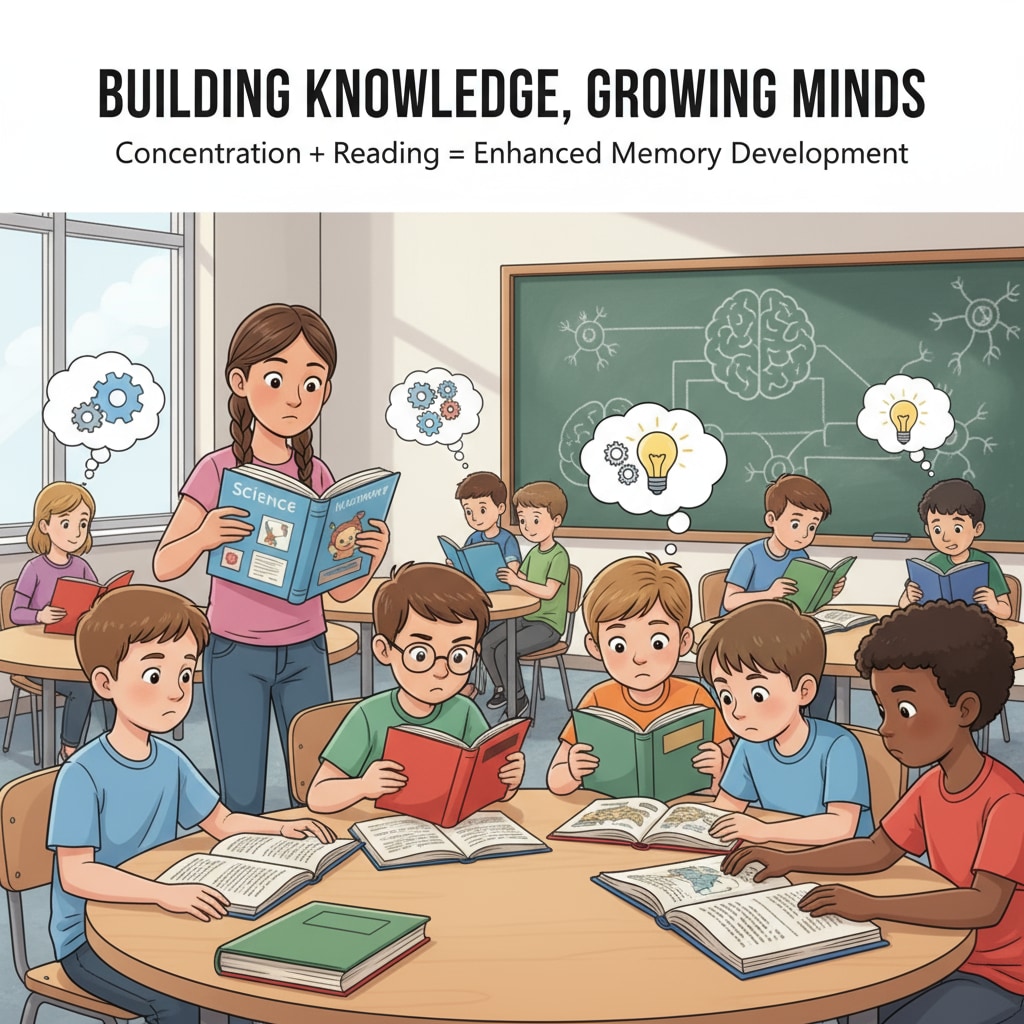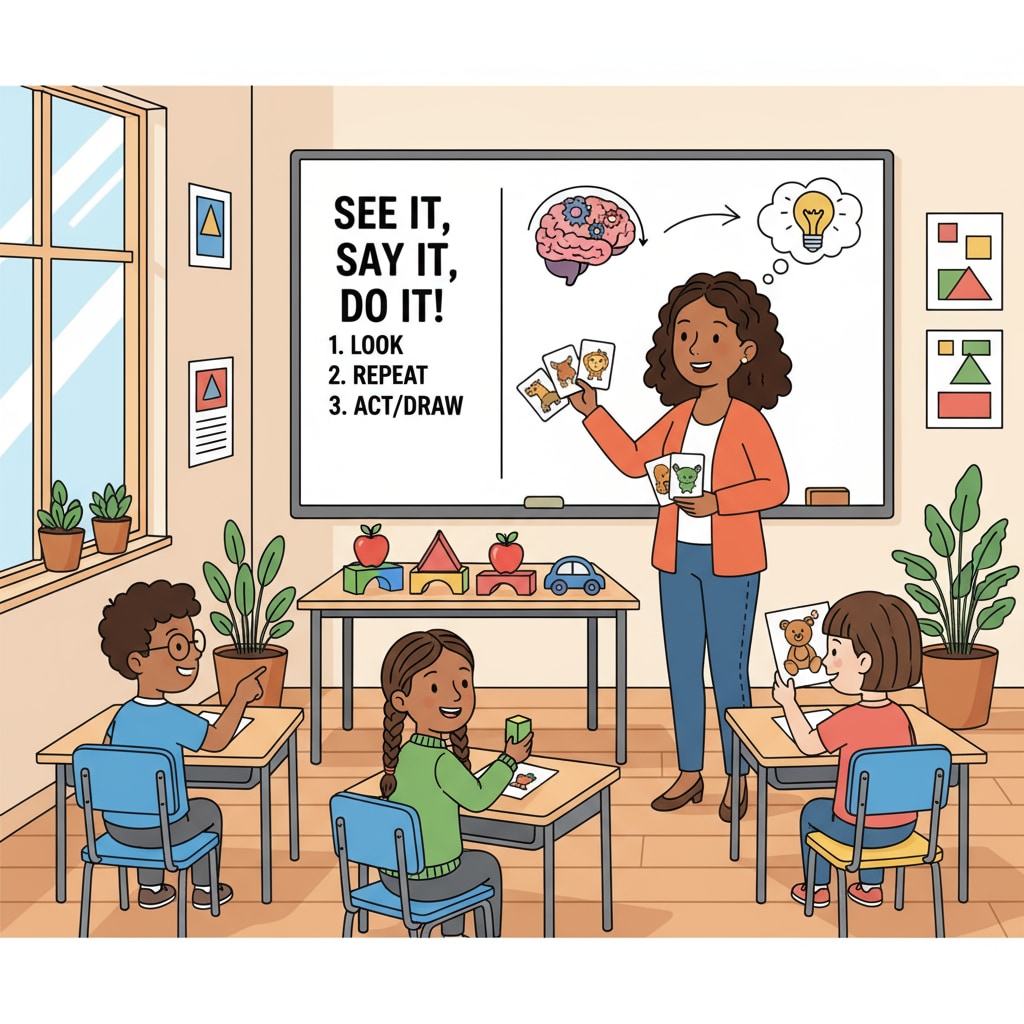Photographic memory, memory development, and memory improvement are topics that have long intrigued educators, parents, and students alike. The idea of having a photographic memory, where one can seemingly remember everything they’ve seen with perfect clarity, is especially appealing, especially in the context of K12 education. But is it truly possible for students in this age group to achieve such an ability?

The Concept of Photographic Memory
Photographic memory, also known as eidetic memory, refers to the ability to recall images, sounds, or objects in great detail after only a brief exposure. This concept has been popularized in movies and media, leading many to believe it’s a common, attainable skill. However, according to Wikipedia’s entry on eidetic memory, true photographic memory is extremely rare. In fact, most cases of so-called “photographic memory” are likely just instances of exceptional memory recall, not the literal ability to “photograph” information in one’s mind.
Memory Development in K12 Students
Memory development is a natural process that occurs throughout a child’s growth. During the K12 years, students’ brains are constantly evolving. According to Britannica’s article on memory, different types of memory, such as short-term and long-term memory, develop at different rates. For example, short-term memory capacity gradually increases during these years, allowing students to hold more information in their minds for brief periods. This development is influenced by factors like cognitive growth, learning experiences, and environmental stimuli.

Educators and parents play crucial roles in facilitating memory development. By creating engaging learning environments, using mnemonic devices, and encouraging regular review, they can help students strengthen their memory capabilities. For instance, teaching students to associate new information with things they already know can improve long-term memory retention.
Readability guidance: As we can see, memory development in K12 students is a complex yet manageable process. By understanding the natural progression of memory and implementing appropriate strategies, we can support students in their learning journey. However, achieving a true photographic memory remains a distant goal for most.


